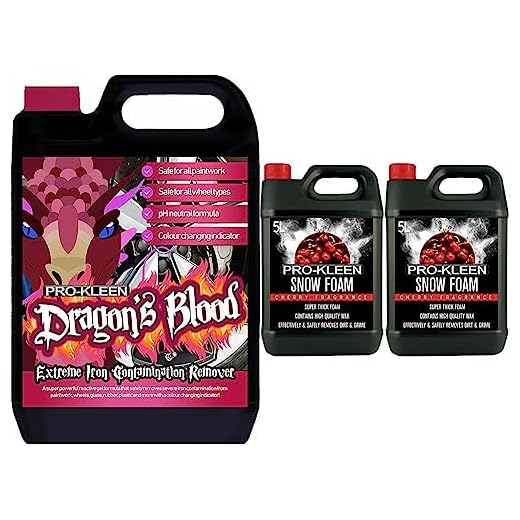


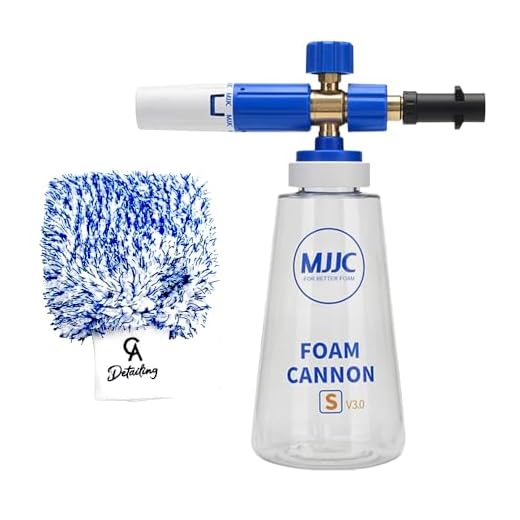
To achieve the best results during your cleaning sessions, I recommend opting for biodegradable detergents that are specially formulated for use in high-pressure systems. These eco-friendly options not only effectively remove grime and stains but also minimise environmental impact. Look for products that are safe for various surfaces, including wood, metal, and concrete.
For tackling tough stains like grease or oil, consider a degreaser specifically designed for high-pressure appliances. These formulations penetrate deeply, breaking down stubborn deposits effectively without damaging the surface underneath. Always ensure that the degreaser is suitable for the task at hand to avoid any unwanted reactions.
In scenarios involving sensitive surfaces, such as vehicles or painted structures, a gentle pH-neutral cleaner is ideal. This type of cleaning agent can effectively lift dirt without risking damage or discolouration, making it a safe choice for delicate applications.
Make sure to read the manufacturer’s guidelines carefully, as some brands may have specific recommendations for compatible cleaning agents. Testing products on a small, inconspicuous area is always wise before proceeding with full application to ensure compatibility and the desired outcome.
Recommended Detergents for High-Pressure Equipment
The choice of liquid greatly influences the efficiency of high-pressure machinery. For optimal results, I suggest using biodegradable or eco-friendly formulas that break down grease and grime without harming your surroundings. Look for options specifically designed for your intended surface, such as concrete, wood, or vehicles.
If tackling tough stains on concrete, a product containing sodium hydroxide is effective. For wooden surfaces, a gentle detergent prevents damage, while an acid-based cleaner works wonders on stucco. Always verify compatibility with your equipment to ensure no damage occurs.
For automotive applications, consider a pH-neutral solution that won’t strip wax or damage paint finishes. Concentrates are often more economical and provide more robust cleaning when diluted properly.
Always adhere to the manufacturer’s recommendations regarding mixing and application. Using the right liquid enhances performance, reduces wear on components, and ensures high-quality outcomes with every wash.
Choosing the Right Cleaning Solution for Your Surface Type
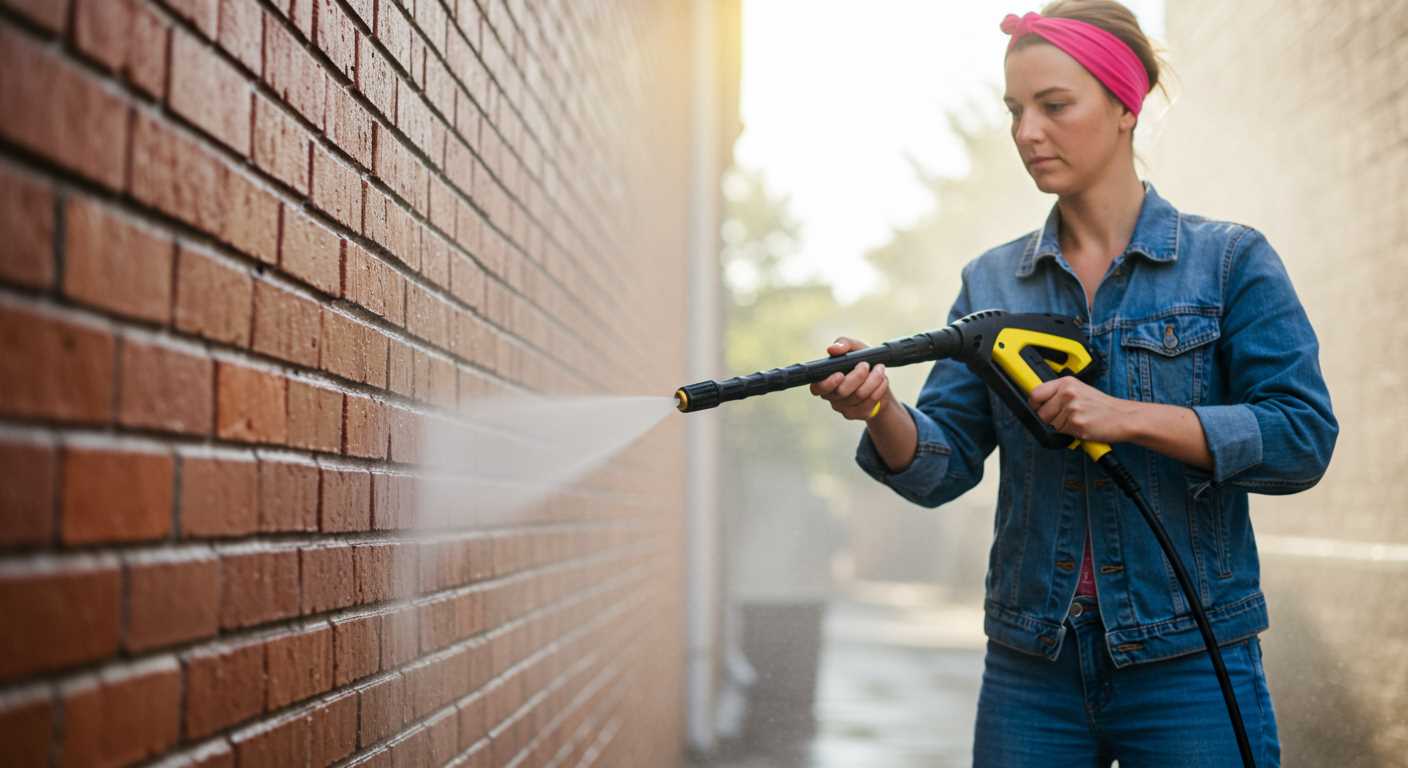
For exterior surfaces, always match the agent to the material. For concrete or brick, opt for a heavy-duty formulation that targets grease and grime effectively. Dilution ratios are essential; check the manufacturer’s instructions for optimal results.
Wood Surfaces
- Utilise a gentle formula designed specifically for wood to avoid damage.
- Avoid bleach-based agents, as they can degrade the wood’s finish.
- Consider a natural cleaner to maintain the wood’s integrity and enhance its appearance.
Automobiles
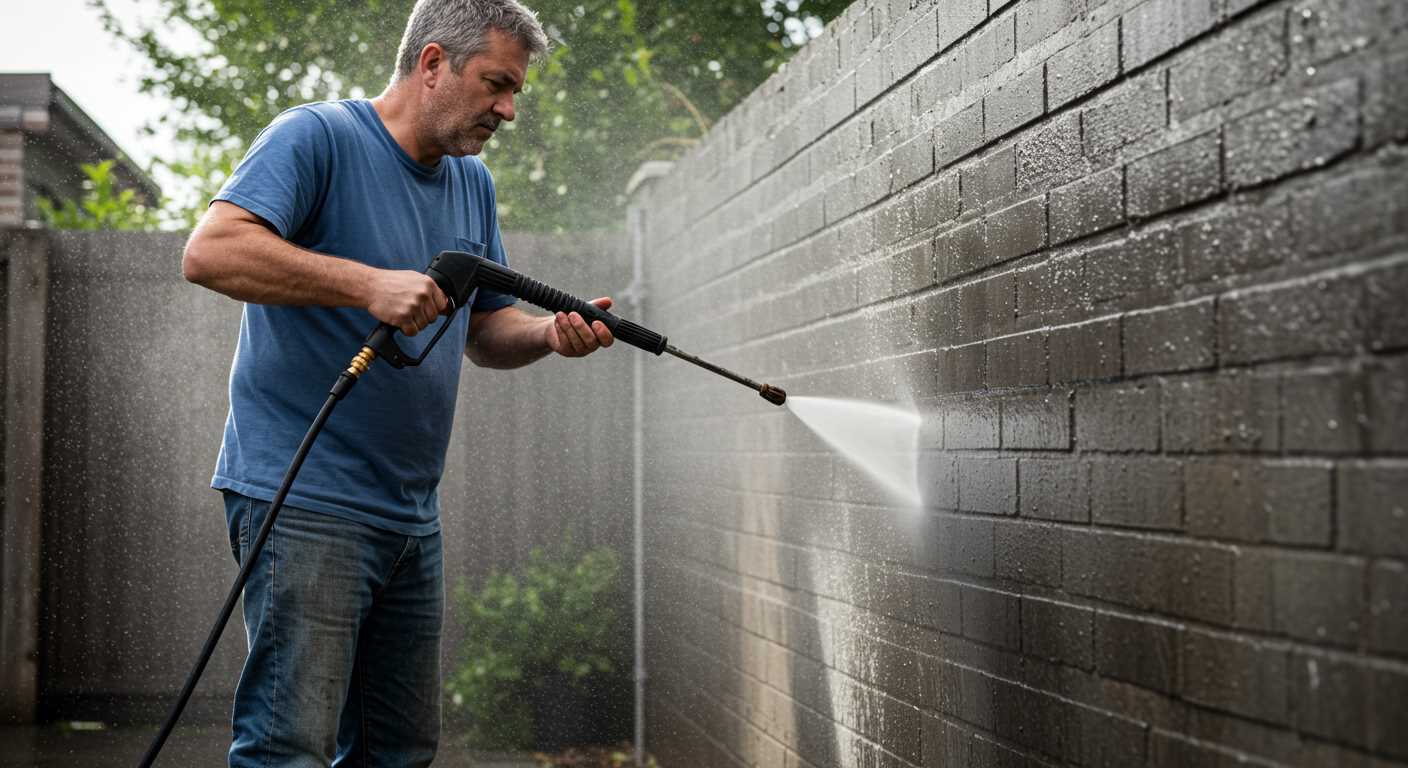
- Choose a pH-neutral product to protect paint and surfaces.
- Foaming agents work well for lifting dirt without scratching.
- A rinse after application is vital to avoid residue.
Brick and stone require a solvent that dissolves tough stains. Ensure compatibility with natural stone to prevent etching. For vinyl siding, consider a mild formulation that removes mildew without harshness.
Prioritise application methods and dwell time. Allow agents to sit on the surface for the recommended time for maximum efficacy. Rinse thoroughly to prevent residue build-up, which can lead to further staining if left untreated.
Evaluate whether a concentrated or ready-to-use product suits your requirement better. Concentrates may offer cost savings and are often easier to transport, while ready-to-use types save time and effort.
Understanding the Chemical Composition of Cleaning Solutions
The best way to achieve optimal results lies in understanding the ingredients of available products. Look for solutions containing surfactants; these create a layer of foam that loosens dirt and grime from surfaces. Choose those formulated with biodegradable components to ensure environmental safety while still being effective.
Acids, such as phosphoric or citric, are common in formulations targeting rust and mineral deposits. Their effectiveness is heightened when diluted correctly; excessive concentration can damage surfaces or create hazardous conditions. Conversely, alkaline substances are great for fatty residues and oils. A balance between pH levels is key–aim for neutral solutions when treating delicate materials.
To enhance performance, consider products infused with enzymes. These break down organic matter, making it easier to remove stubborn stains. Always check for compatibility with your machine, as some components can corrode certain parts over time.
Reading the label provides valuable insights. Ingredients are often listed by quantity; those presented first are predominant, meaning they play the largest role in efficacy. Investing in reputable brands can also assure consistency and safety. Lastly, conducting a small patch test before full application helps avoid any adverse reactions.
How to Dilute Cleaning Solutions for Pressure Washers
To achieve optimal results, it’s crucial to accurately dilute preparations before application. Start with the manufacturer’s instructions, as each formulation varies significantly. As a general guideline, a common ratio for most products is 1:10, meaning one part concentrate to ten parts water. This ensures potent cleaning while avoiding surface damage.
Always mix the components in a separate container prior to adding them to the equipment. Begin by filling your container with the required amount of water first, followed by the appropriate amount of concentrate. This method prevents foaming and promotes better mixing.
Tools for Accurate Dilution
Utilising measuring cups or syringes can provide precision. Calibrated containers ensure you are not over-concentrating the mixture, which can lead to unwanted residue or surface impairment. For larger batches, consider using a funnel to avoid spillage during the transfer process.
Testing the Mixture
Before widespread application, test the diluted mixture on a small, inconspicuous area of the surface. This allows you to assess compatibility and effectiveness without risking damage. Adjust the concentration if necessary based on your test results.
Comparing Eco-Friendly vs Traditional Cleaning Solutions
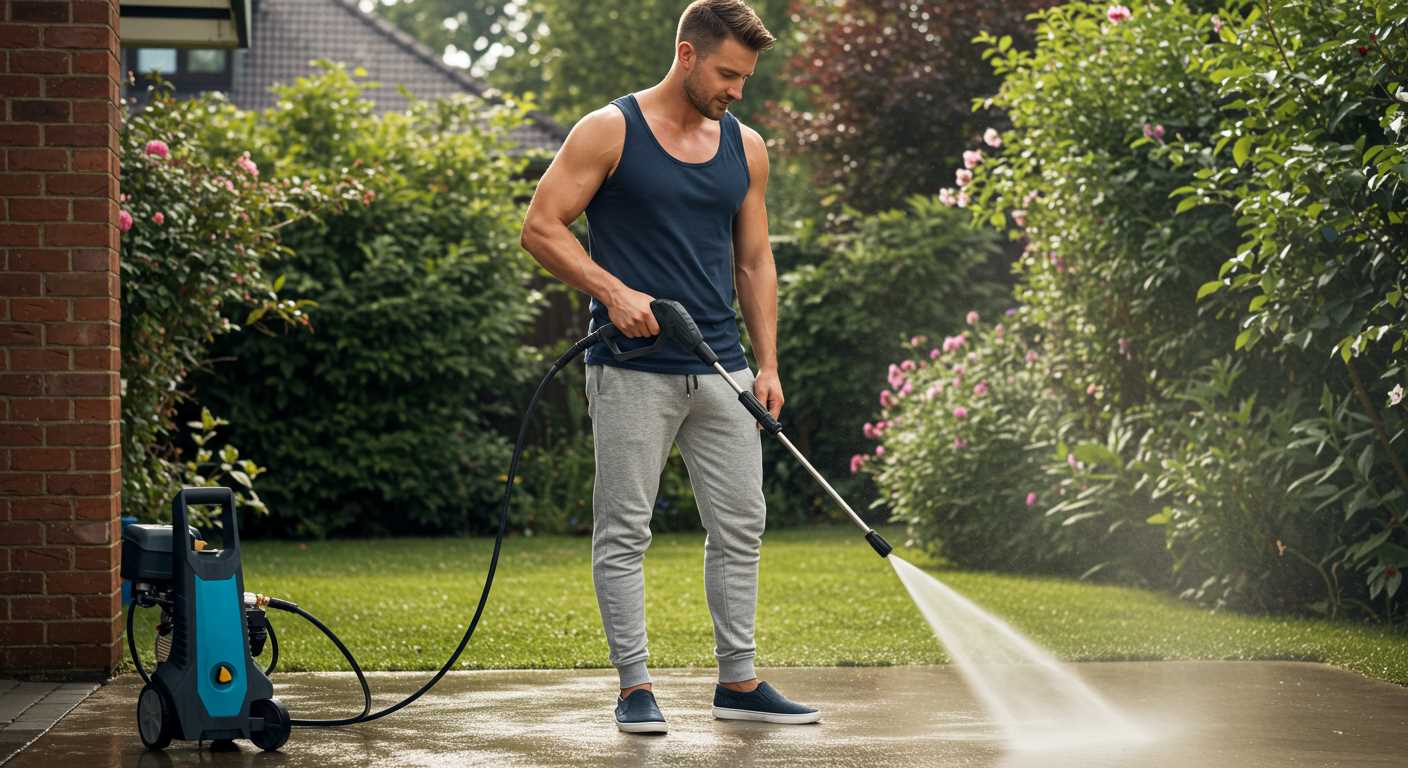
Eco-friendly products often contain biodegradable ingredients derived from natural sources, making them less harmful to the environment. I have found that these alternatives effectively combat grime and stains on various surfaces without leaving toxic residues. For example, citric acid or vinegar can work wonders for removing mineral deposits and grease.
On the other hand, traditional formulations, while generally more potent in dealing with tough areas like oil stains or mould, may involve harsher chemicals. Many of these can produce harmful fumes and contribute to water pollution if not managed correctly. For instance, bleach-based cleaners can be effective but pose risks to aquatic life if washed into storm drains.
In practical application, I recommend conducting a surface test with both types to gauge effectiveness. Many find eco-friendly options adequate for routine tasks, while traditional variants can be reserved for particularly stubborn issues. Balancing your choice between environmental impact and cleaning performance leads to smarter, safer practices.
Ultimately, reviewing labels for certifications such as biodegradable and non-toxic can guide your acquisition of environmentally sound products without compromising cleaning power. I’ve seen many homeowners satisfied with eco-options that align with their values while achieving great results.
Identifying When to Use Soap vs Detergent
Soap is ideal for general cleaning tasks, particularly on porous surfaces like wood or some types of concrete. It helps to encapsulate dirt, allowing for easy removal with water. Use soap when tackling light to moderate grime, such as dust, bird droppings, or light mildew.
Detergent comes into play for more challenging scenarios. It is formulated to cut through tough stains and grease, making it suitable for surfaces like metal, plastics, or heavily soiled areas. Opt for detergent if you’re facing oil, grime, or residues that a simple soap would struggle to remove.
| Type | Recommended Use | Surface Compatibility | Effectiveness Against |
|---|---|---|---|
| Soap | General cleaning | Wood, porous surfaces | Light dirt, bird droppings, mildew |
| Detergent | Heavy-duty cleaning | Metal, plastics, tough surfaces | Grease, oils, stubborn stains |
Always read labels to understand the intended application and dilution instructions. Remember to test any products on a small, inconspicuous area before proceeding with larger tasks to avoid any potential damage.
Safety Precautions When Using Cleaning Solutions
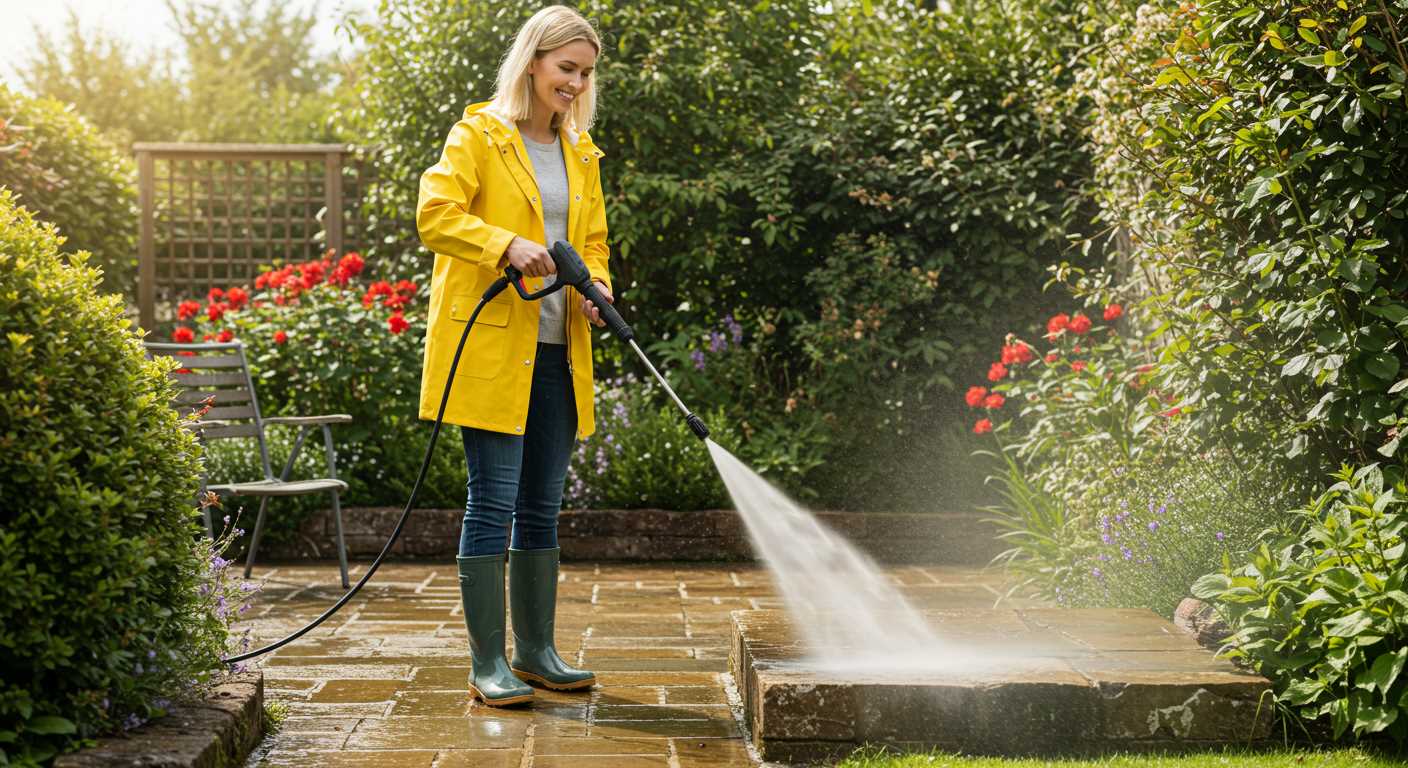
Always wear appropriate personal protective equipment (PPE) such as gloves, goggles, and a mask to prevent skin contact, eye irritation, and inhalation of fumes. Protective gear is non-negotiable.
Before starting, read the product label thoroughly. Ensure compatibility with the equipment and surfaces being treated to avoid damaging materials or equipment failure.
Follow these steps to maintain safety:
- Work in a well-ventilated area, especially when using harsh chemicals to minimise inhalation risks.
- Keep children and pets away from the workspace to prevent accidents.
- Store all substances securely, ensuring they are out of reach of unauthorised individuals.
- Dispose of any waste or leftover mixtures in accordance with local regulations to avoid environmental damage.
Do not mix different formulas unless specified. This can lead to dangerous reactions, producing harmful gases or corrosive byproducts. It’s critical to understand each component’s properties.
If accidental contact occurs, wash the affected area immediately with plenty of water and seek medical advice if irritation persists. Having a first aid kit readily available can be beneficial for prompt response to any incidents.
Before applying any mixture, conduct a spot test on a small, inconspicuous area to ensure compatibility and prevent damage to surfaces.
Maintenance Tips for Pressure Washers After Using Cleaning Solutions
Rinse the machine thoroughly with clean water immediately after applying any cleaning agents. This prevents residue build-up that could damage internal components or affect performance.
Inspect Hoses and Nozzles
Examine the hoses and nozzles for any signs of wear or damage. If you see any cracks or clogs, replace or clean these parts to ensure optimal functionality on future tasks.
Check the Filter
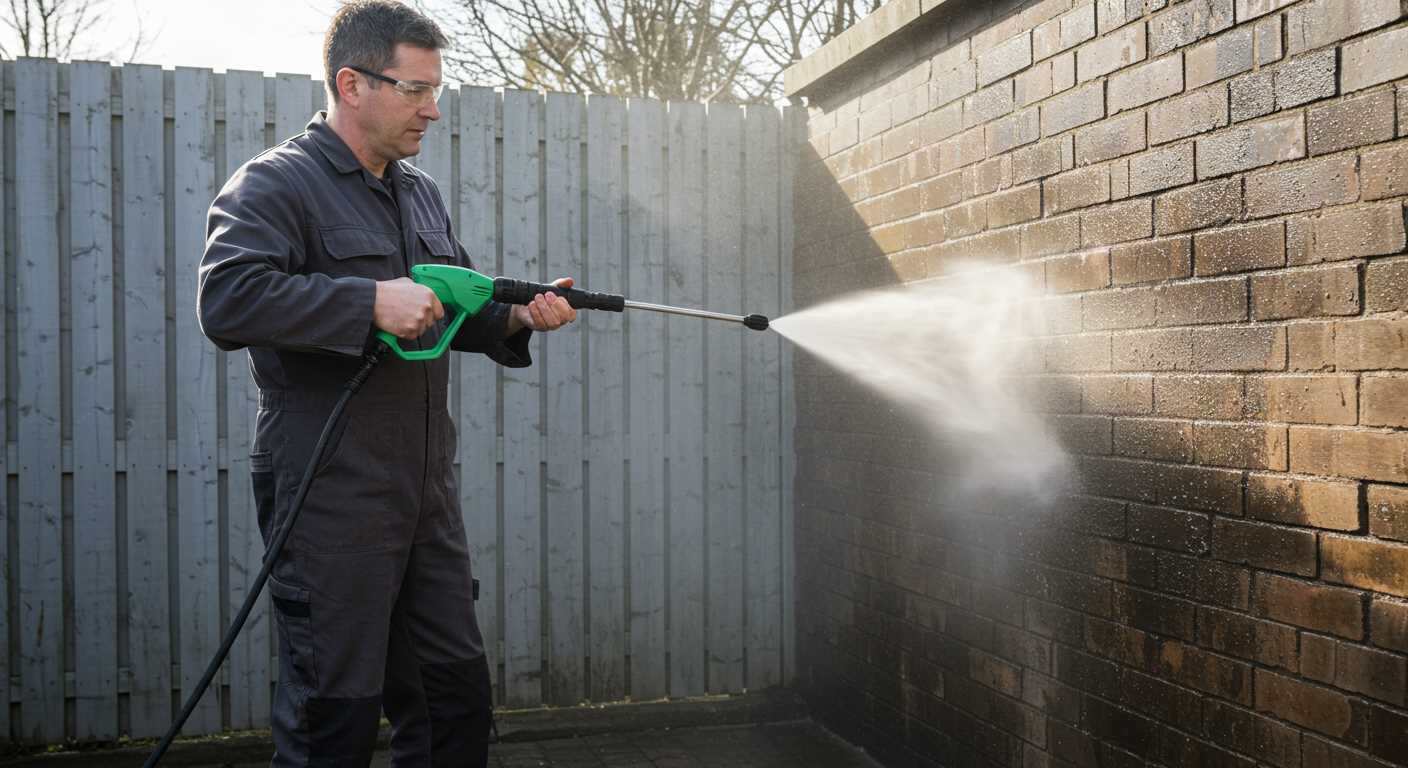
Regularly check the filter to avoid blockages. A clean filter enhances water flow and improves efficiency during operation.
Store the equipment in a dry, protected area, ensuring it’s free from lingering chemicals. This helps maintain its lifespan and reliability for future projects.


